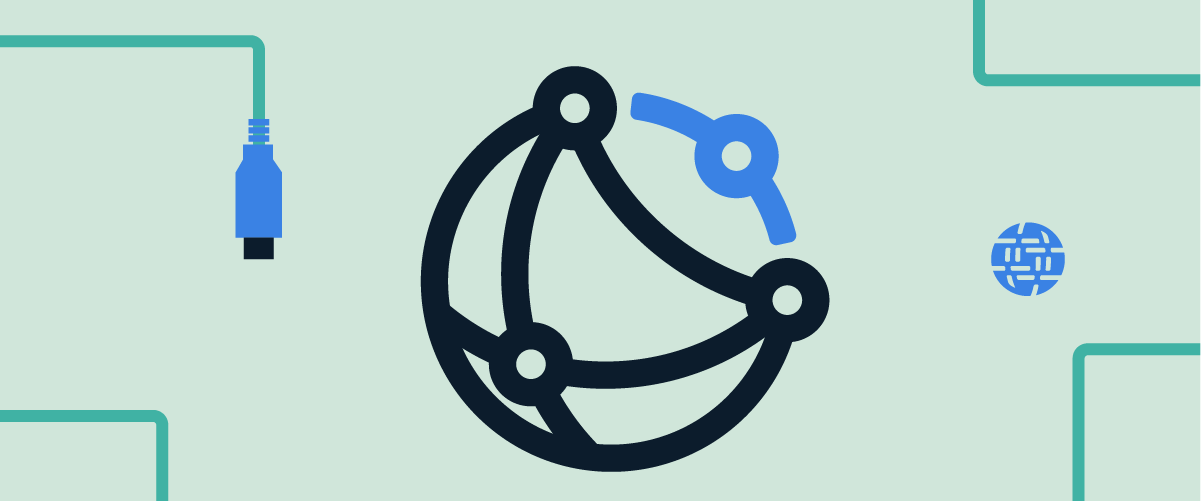Here at the Internet Society, we’ve always known that the Internet can be an integral part of our existence. 2020 has shown us that we need stable, reliable, and available Internet for everyone, everywhere.
Much of our work – and the work of the organizations that facilitate the smooth functioning of the Internet – is focused on helping to increase the Internet’s reach, reliability, resilience, availability and security. One of the ways we can track whether these efforts are working is to collect and measure data on various facets of the Internet. This helps to build up a bigger picture of the Internet’s development over time and the resulting data can be used to inform and support policy, investment, and education.
Internet Insights
The Internet Society Pulse platform was launched in December 2020 to provide a curated set of insights to help everyone gain deeper, data-driven insight into the Internet. We’re collating data from several trusted organizations – data partners – and will examine Internet trends, generate reports, and tell data-driven stories on how the Internet is evolving.
In this blog, we catch up with some of our data partners and prominent members of the Internet measurement community to find out more about why measuring the Internet helps to ensure that everyone, everywhere can better understand the health, availability, and evolution of the Internet.
“The Internet is a vast, complex, and continuously evolving combination of systems whose interaction is often opaque to us even though many aspects of our lives increasingly rely on it,” says Alberto Dainotti, research scientist and principal investigator at the Center for Applied Internet Data Analysis (CAIDA). “The measurement community uses the term Internet measurements to cover a broad range of approaches to scientific inquiry, including inference and event detection, all of which can be used towards building a better understanding of Internet-related issues. Internet measurements contribute to a broader awareness regarding, for example, the availability of infrastructure that is critical to our daily lives and which should be accessible to everybody, all the time.”
Internet Disruptions
Tracking the frequency of Internet outages and disruptions is one of the Pulse platform’s key focus areas.
“An Internet shutdown is an intentional disruption of Internet or electronic communications, rendering them inaccessible or effectively unusable, for a specific population or within a location, often to exert control over the flow of information.” —AccessNow
We collate data from various sources, including from CAIDA’s Internet Outage Detection and Analysis (IODA) platform, so we can provide insight into the economic and human impact of shutdowns.
“Episodes of politically-motivated interference with Internet access are widespread and frequent,” continues Dainotti. “In particular, large-scale connectivity disruptions can be used to restrict the free flow of information. These events are often undocumented, unverified, and surrounded by uncertainty about their timing, extent, cause, and specific mechanisms of execution. Objective measurement data are indispensable for establishing facts in order to inform citizens, policymakers, the media, and activists – and of course science. Researchers from various fields are also interested in measuring and understanding Internet shutdowns to investigate structural weaknesses in the Internet topology in different regions and countries.”
Because many economies are now so reliant on connectivity, tools that allow us to quickly pinpoint the source and probable cause of outages are essential to help to restore access as quickly as possible to minimize the economic and social impact that this disruption causes.
Technologies
Another of the Pulse platform’s focus areas is on new and emerging technologies. These technologies are essential to support Internet growth, to meet the changing needs of users, and contribute to improved Internet scalability, security, trust, and availability.
Pulse collates data on what we call enabling technologies from several sources, including Mozilla’s Firefox telemetry data, which provides measures related to TLS1.3 adoption, HTTP/3 adoption, and HTTPS adoption.
“At Mozilla, we believe it’s valuable to track both what’s hurting and what’s helping the Internet over time as part of the conversation about what can be done to make things better,” says Solana Larsen, editor of Mozilla’s Internet Health Report. “People are so often overwhelmed with bad news about the Internet that it is helpful to show that there are actually improvements being made in some areas, especially the more technical ones, that may be invisible to Internet users and are, therefore, sometimes taken for granted. With Measurements we can see how these interventions truly matter.”
Tracking the global uptake and adoption of these technologies gives us valuable information on how the Internet is advancing and where more investment and education might be needed to encourage deployment and use.
Connecting the Unconnected With IPv6
One of the technologies that Pulse presents data on is global IPv6 deployment rates. IPv6 is the latest version of the fundamental technology that powers the Internet. While the previous version, IPv4, is still in operation on many networks around the world, it can only support an Internet of a few billion devices. By contrast, IPv6 can support an Internet of billions of billions of devices.
“The pool of available IPv4 address space is almost completely depleted,” says Robert Kisteleki, R&D manager at the RIPE NCC, the Regional Internet Registry (RIR) for Europe, the Middle East, and parts of Central Asia, which maintains several publicly-available measurement networks and other information systems, including the Routing Information System (RIS), RIPE Atlas, and RIPEstat. “IPv6 has, among other things, been designed to address this scarcity problem. So improving our understanding of how widely IPv6 is deployed helps the global Internet community, including decision-makers and policymakers, in understanding how this transition has progressed so far.”
IPv6 deployment is critical to bringing the unconnected online as it can provide enough address space to meet the needs of the growing Internet for decades to come. Tracking deployment rates can help identify where investment and education are needed to ensure that all networks, services, and devices are IPv6-enabled.
Collaboration and Community
The Internet works, in part, because no one entity has complete control of it, and it is managed in a decentralized manner. Similarly, there’s no single organization that can measure all facets of the Internet. Collaboration and community participation is often vital for getting deeper insight into how the Internet is developing.
“Contribution and collaboration across multiple companies, organizations, and institutions is key,” notes Romain Fontugne, senior researcher at Internet Initiative Japan (IIJ). IIJ’s Internet Health Report’s data on interconnectivity is an important component of the Pulse platform’s Internet Way of Networking focus area, which will be added to the platform in 2021. “Most of the data sources that IIJ uses for the Internet Health Report are from collaborative efforts, including the RIPE NCC’s RIPE Atlas and RIS and the University of Oregon’s Routeviews. Measuring the Internet’s health depends strongly on these collaborations.”
End User Participation
Many of the tools that measure the Internet enable engineers to monitor and troubleshoot networks and identify infrastructure issues. But one of the aims of the Pulse platform is to help the non-technical community get a broader overview of the Internet and to encourage end users to contribute to measuring initiatives and share how events, such as Internet disruptions, affect them and their communities.
“End users are relying on the Internet more and more. Understanding the condition of their connections to the rest of the world can help them figure out why it might not be working as expected,” continues Fontugne. “One key difficulty to monitoring the Internet’s health is the scale of the network: monitoring all possible paths on the Internet is not feasible. But getting feedback from end users could help in focusing on those paths that are meaningful to them. Similar to crowdsourcing efforts, the Internet measurement community should engage more with end users so we can help make the Internet healthier.”
More Information:
- Visit Pulse.
- Find out more about our data partners.
- Visit the Pulse FAQs section.
- Subscribe to the Pulse monthly newsletter.
- Follow us on X and LinkedIn.
- Find out more about the Measuring the Internet project.

